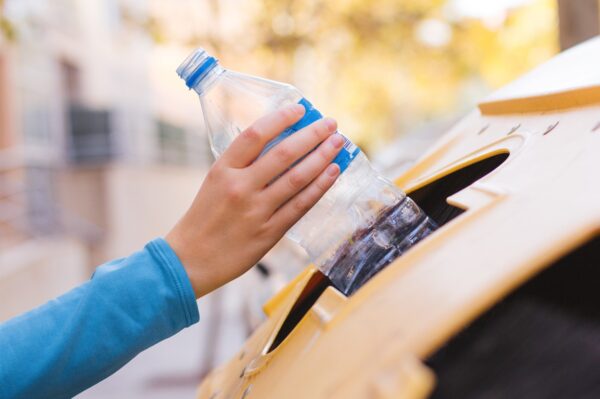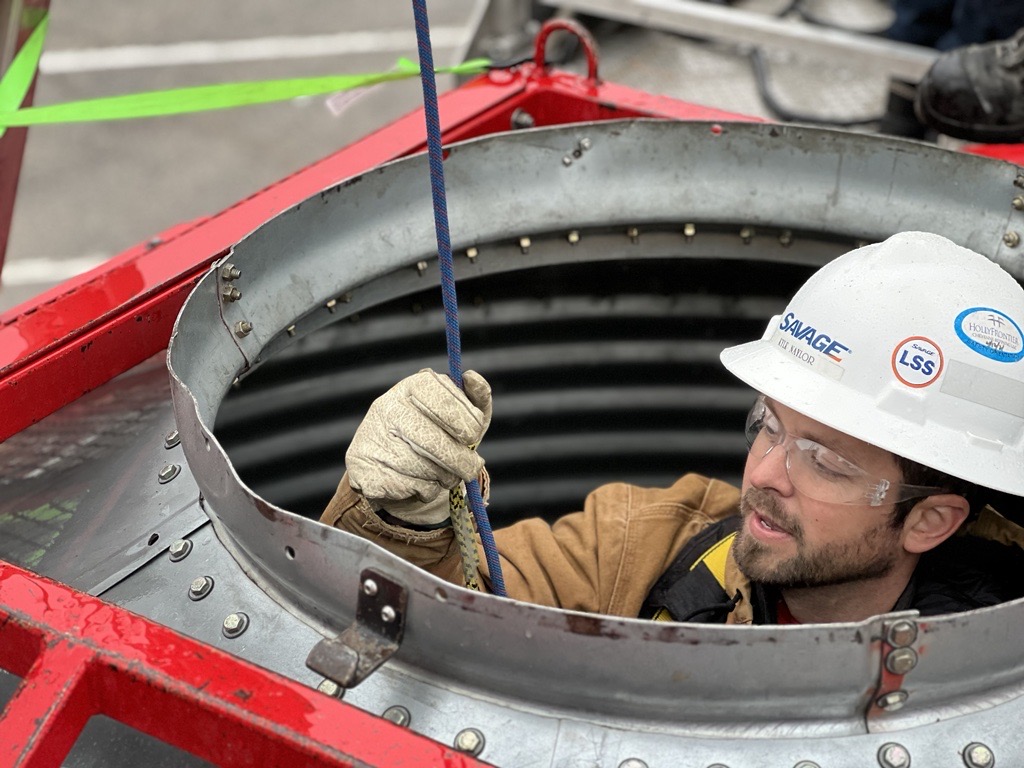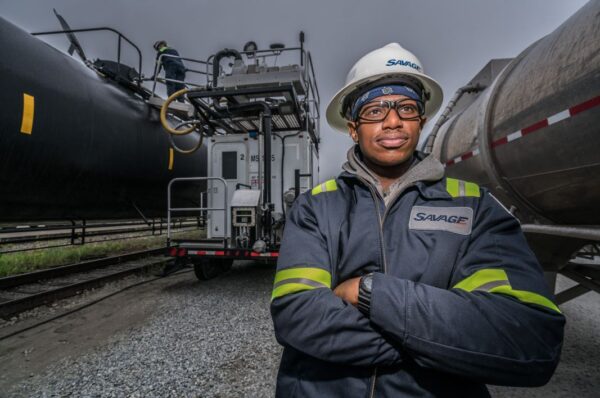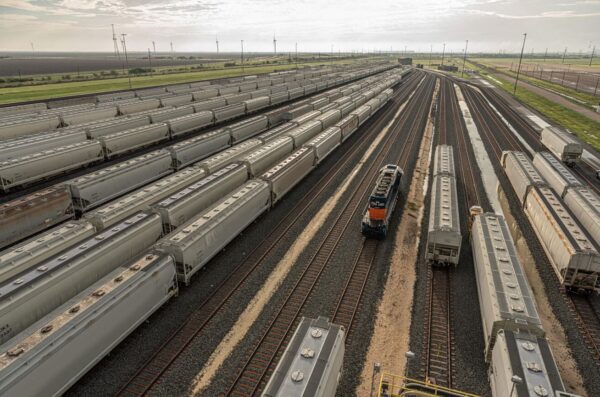
A Step Forward in the Effort to Improve Recycling
Plastic, in its earliest forms, traces its history back centuries. That gum-like resin is much different from the consumer-grade plastics used today. Many of these products started circulating in the 1950s with the invention of polyethylene and polypropylene. They are the signature ingredients for items such as grocery bags, bins and containers, battery casings, and furniture.
The effort to create sustainability through reusable plastics is nearly as old as the products themselves. The National Public Radio (NPR) reports how plastic manufacturers have marketed the closed-loop system of production, use, recycling , and reuse since the late 1980s. In fact, even the recycling insignia of the three arrows in a triangle reinforces this model. If the campaign to improve recycling has been around that long, one might ask how things are going.
The Lost Potential of Reusable Plastics
According to a recent study by Greenpeace, entitled “Circular Claims Fall Flat Again,” the promise of bringing used plastics to the recycling center to help save the planet is at risk. They find that only about 5% of all plastic products are repurposed. Much of what’s left ends up in landfills.
Why is this happening? Some speculate about the capabilities of the equipment at the typical recycling center. Others point to the plastic itself as being too toxic or too unstable to be used again. There are still others who think Greenpeace is completely mistaken. They contest that some industries will be recycling 100 percent of their plastic waste in fewer than two decades.
Clearly, this is a topic that stirs up a lot of feelings, especially as plastic remains such an integral part of our lives. Statistically, the bulk of unrecycled plastic is designated as “single use.” As their name implies, single-use plastics are used once, or for a limited time, before being trashed. Some examples of single-use plastic include:
- Food and beverage containers
- Cigarette butts
- Party supplies
- Disposable dishware
- Beauty supplies
- Grocery sacks and trash bags
No matter where you fall on the debate of reusable plastics, it seems everyone can agree that there is room to improve recycling.
Taking a Stand to Improve Recycling
Reducing the amount of wasted plastic products is achievable. It requires an increased number of effective tools that people can rely on. For the average person, the tools are simple but effective. They can separate their recyclable trash and send it to the recycling center. But larger companies need other options so they can take a stand to improve recycling. Organizations like Cyclyx are already leading the way.
Cyclyx is a consortium of businesses with a singular goal – to make recycling easier. With better tools, they can increase the volume of recycled plastics to 90 percent or more. New methods of sourcing, collecting, and pre-processing means more reusable plastics are recycled.
Methods to achieve this include:
- Establishing more take-back programs at the corporate and community level
- Collaborating with special groups (school administrations, employers, and business owners) to incentivize recycling
- Improving the sorting and processing methods of each recycling center
- Removing restrictions on the kinds of plastics acceptable for collection
- Educating others that they might improve recycling habits
As a consortium, Cyclyx’s effectiveness increases only as groups buy in on this “10-to-90” goal. Savage is proud to join Cyclyx in developing safer ways to manufacture and move what matters.
A More Effective Recycling Center
The tools listed above represent some of the ways Cyclyx plans to improve recycling. For its part, Savage wants to take the Cyclyx method and apply it to its own facilities and Customers. This will help improve Savage’s refining and remediation programs across the board.
As we strive to improve recycling, a more effective recycling center will emerge. Less plastic will end up in landfills and in the ocean, and we will be closer than ever before to Savage’s purpose to sustain the planet.



